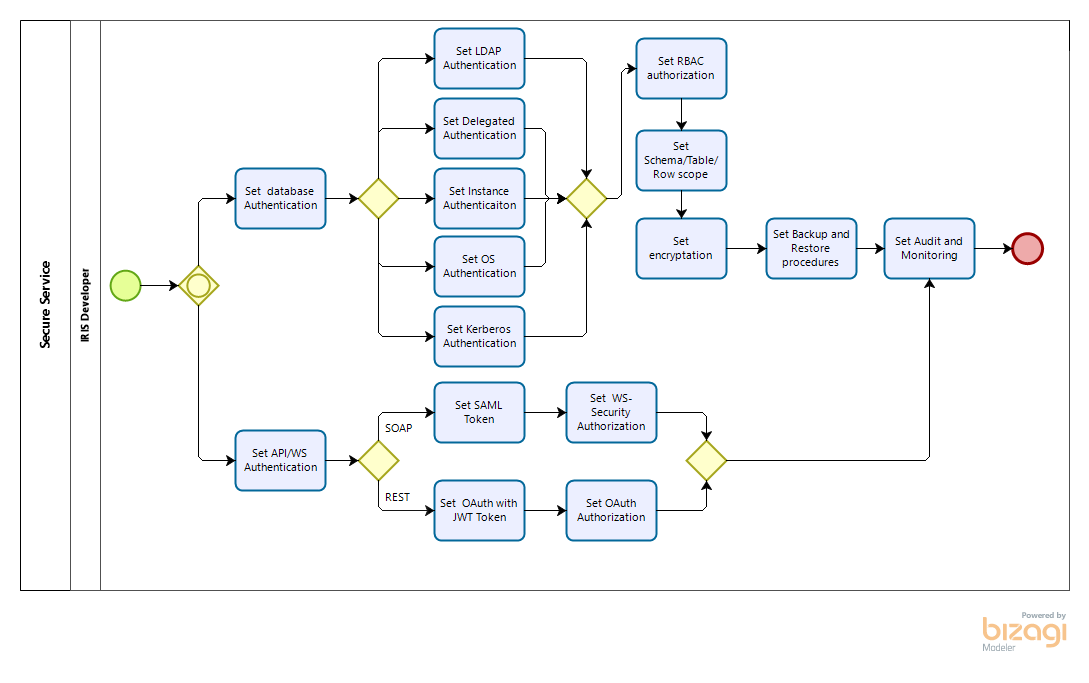Hi everybody,
Is there any functionality I could use that triggers real time user-defined code on certain audit events? Right now I am interested in triggering such code on a routine modification event, like the one below. I do know how to access this record programmatically, via %SYS.Audit.
.png)
Thanks in advance,
Anna


.png)